Curtiss BF2C-1 Helldiver – Hasegawa 1/32 classic
Hasegawa's "Golden Age" 1/32 kits - the F4B-4, P-12E, P-26A and BF2C-1 - stand the test of time. They are outline accurate with surface detail that is far more representative of the real thing than what would be the case had they been designed and released in the past 20 years. The one thing they all lacked was good decals, a problem that Yellow Wings Decals solved, with great sheets for each. The last one they did was for the BF2C-1, which allowed me to finish a model that had sat in the box half completed. waiting for the new decals.
The Hawk series exemplifies Curtiss' design philosophy, and explains why they aren't building airplanes any more. The wings and tail and essential fuselage frame structure of the BF2C-1. produced in 1935 as the last of the Hawks, was the exact same as the P-1 Hawk of 1925 (other than Curtiss made the mistake of making these wings with a metal structure rather than the traditional wood, and the metal structure had a harmonic frequency that matched that of the R-985 engine at cruise - the airplane felt like it was shaking itself to death, which it was). Even the adoption of Grumman's gear retraction system didn't improve things enough to keep up. The name "Helldiver" was a generic PR application to all Curtiss' dive bomber designs from the F8C to the SB2C.
Curtiss' philosophy of minimum-risk incremental, evolutionary changes worked in the 1920s and early 1930s, but once the revolution in aircraft design came in 1934, even such a good airframe as the P-36 - one of the best of those revolutionary airframes of 1934 - couldn't keep up with the changes, when added incrementally, producing the second rate P-40, while Curtiss' attempts at more meaningful development (the P-46) suffered from the inability to completely throw away what had gone before. Had the P-36 had an engine as good as the airframe, as did the Spitfire and Hurricane, things might have been different. But the Curtiss-Wright Corporation - the biggest aviation company in America - didn't want their airplane designs using engines that didn't come from their Wright engine company, or from fellow monopoly/trust United Aircraft's Pratt and Whitney. When they finally used GM's Allison (a license design of the Hispano Suiza 12Y series), they were two years behind the times. Corporations always choose the known over the new, since they can't be sure the new will sell (which is why rock 'n' roll has been around 40 years past its obsolescence, but I digress).
Mike West has made a resin cockpit for this now, which would obviate the need to put a pilot in the cockpit to hide what isn't there, as I did here. he's also coming out with a resin conversion of this kit to the earlier F11C-2/BFC-2, which I definitely want to get hold of.
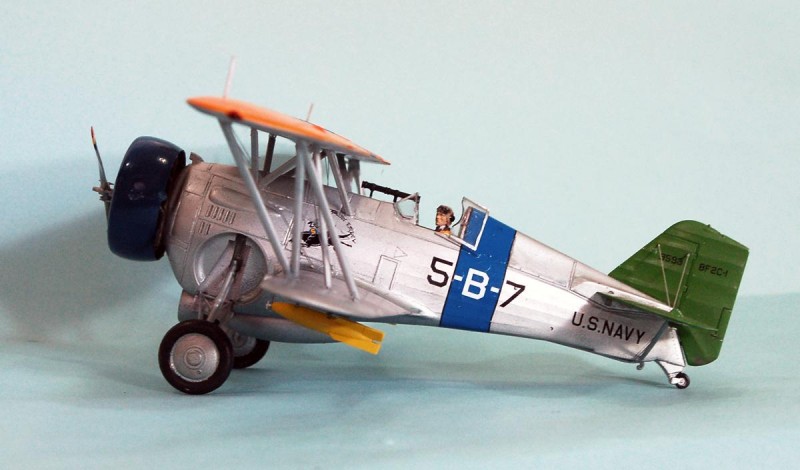
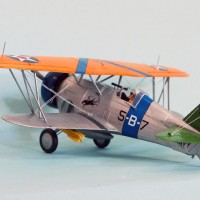
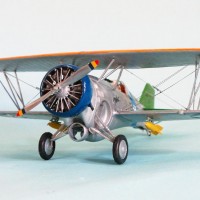
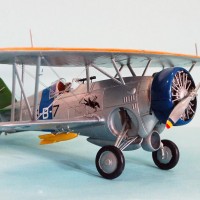
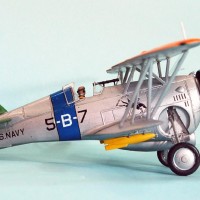
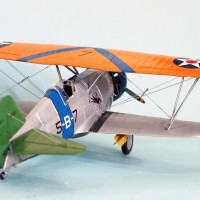
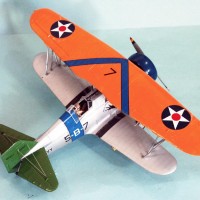
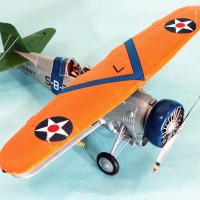

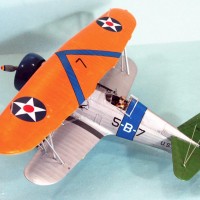
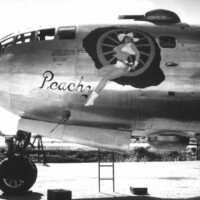
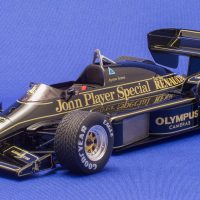
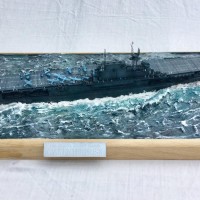
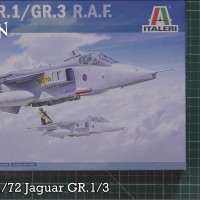
great kit selection...great job
Great looking airplane.
Very Nice!
Nice job on that metal finish
Gotta love the yellow top wings of the 1930's. Nice job!
Tom,
Very nice job. I had started a couple of these long ago and never completed them. I agree they are excellent kits and still are very nice kits. I would like to know more about Mike West's resin cockpit and F11C conversion set.
That colour scheme really sets off your good work.
Ok knock this off Tom, I cannot afford any more kits for the stash and every time you post I get the urge to check ebay! Nice job!